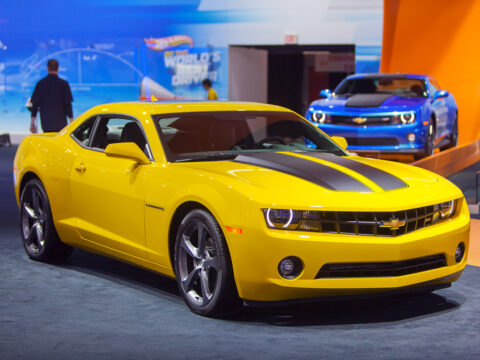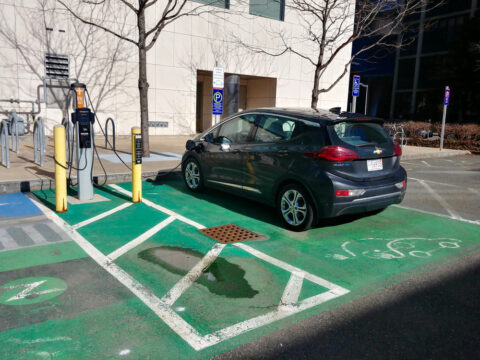In the rush to create a more environmentally friendly future, car makers around the world are making hybrid vehicles that use less fuel and pollute less. However, sometimes design is overlooked in these efforts. This article explores cases where the combination of new technology and design has resulted in some odd-looking cars.s
Contents
Toyota Prius (1st Generation)
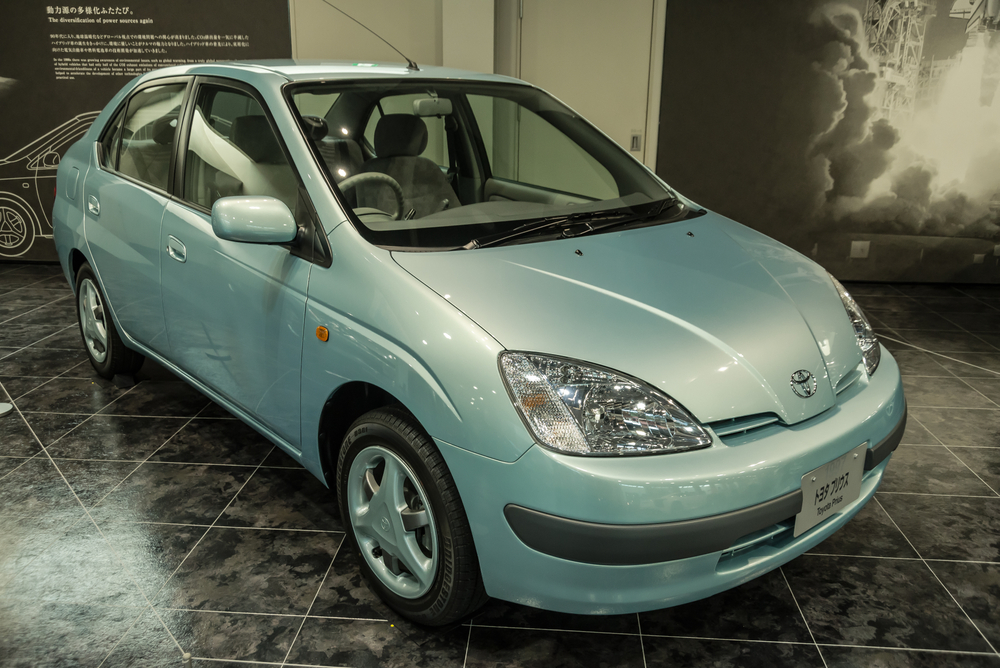
When the Prius first appeared on the scene, it drew attention for its hybrid technology and fuel efficiency. However, its oddball shape — somewhat egg-like and seemingly truncated at both ends — wasn’t widely embraced for its looks.
Honda Insight (1st Generation)
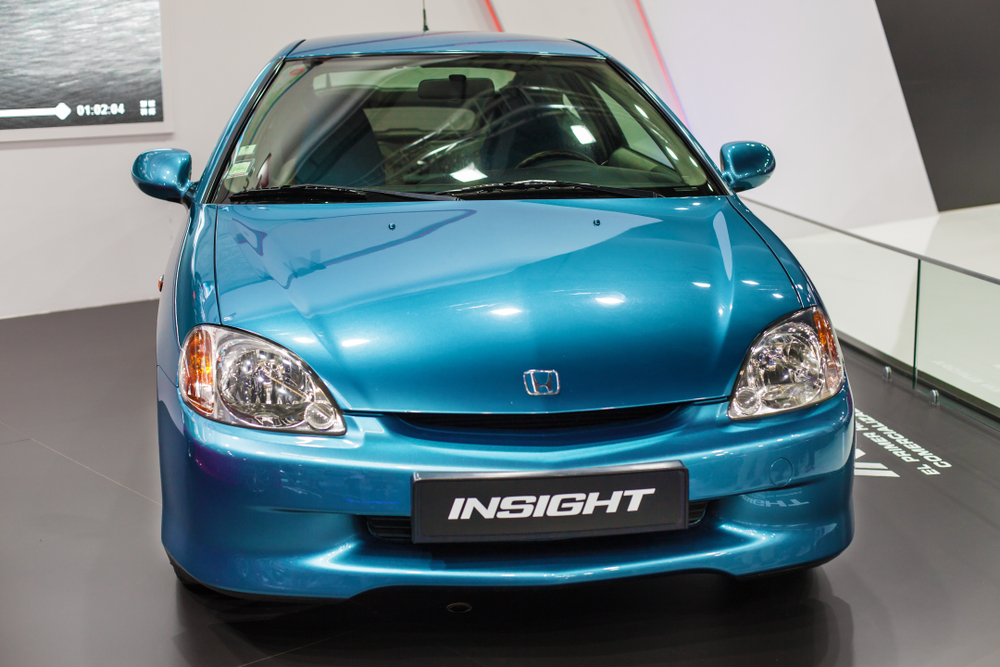
Launched around the same time as the first Prius, the Insight featured covered rear wheel arches and a very narrow tapering rear, all in the name of aerodynamic efficiency. While functional, many found its appearance to be too radical and unfamiliar.
Chevrolet Volt (1st Generation)
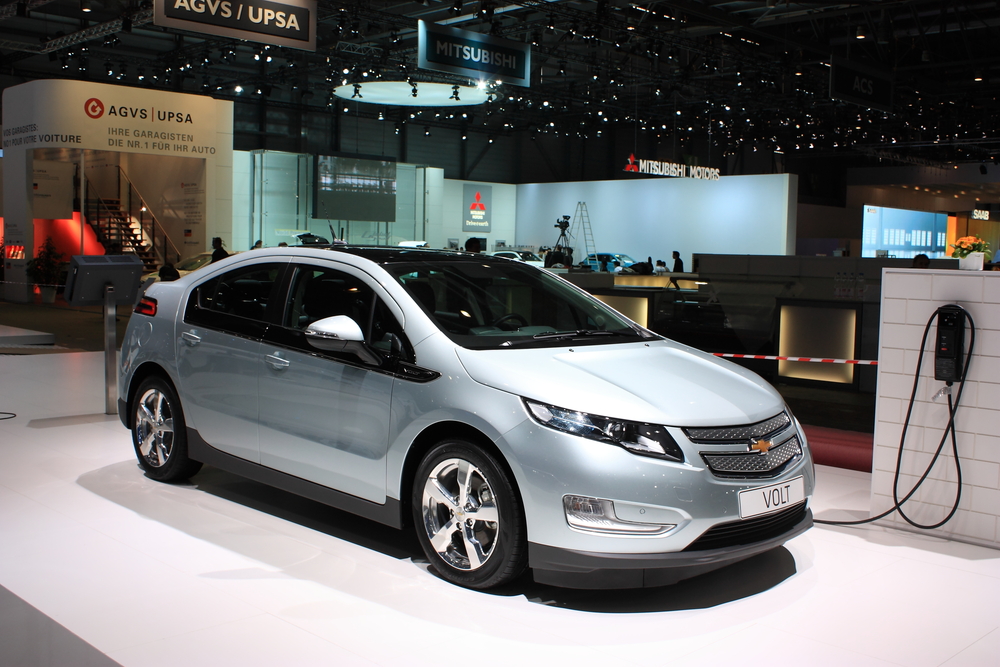
Considering its revolutionary powertrain, its generic front, tall profile, and slightly awkward stance led some critics to desire a more innovative design.
Toyota Mirai
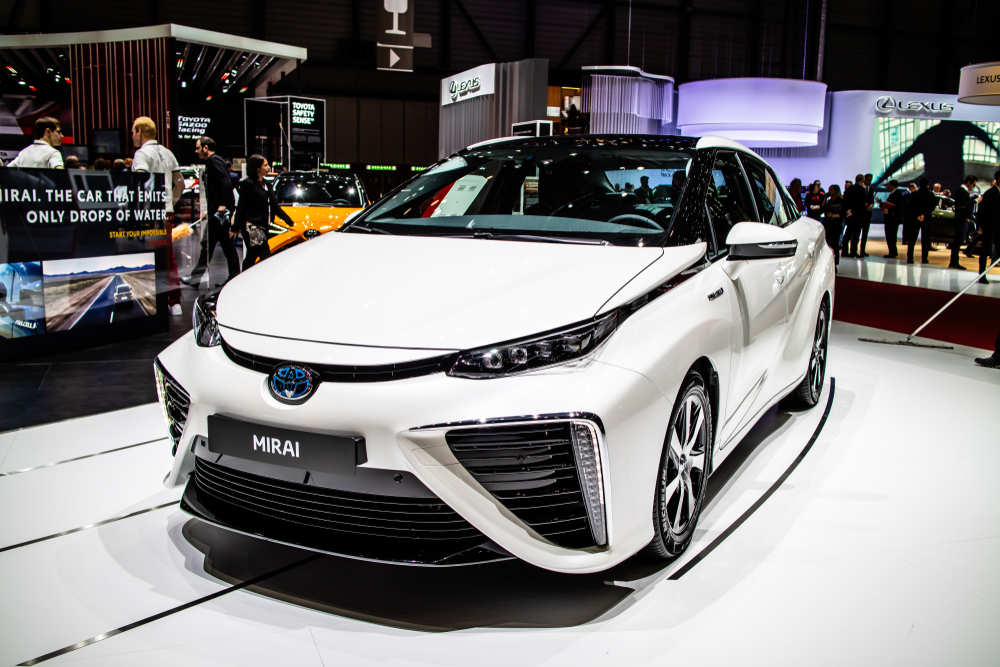
As Toyota’s hydrogen fuel cell car, the Mirai is a marvel of technology. Yet some consider its front end, featuring large air intakes, and its somewhat bulbous rear disjointed and overstyled.
Lexus CT200h
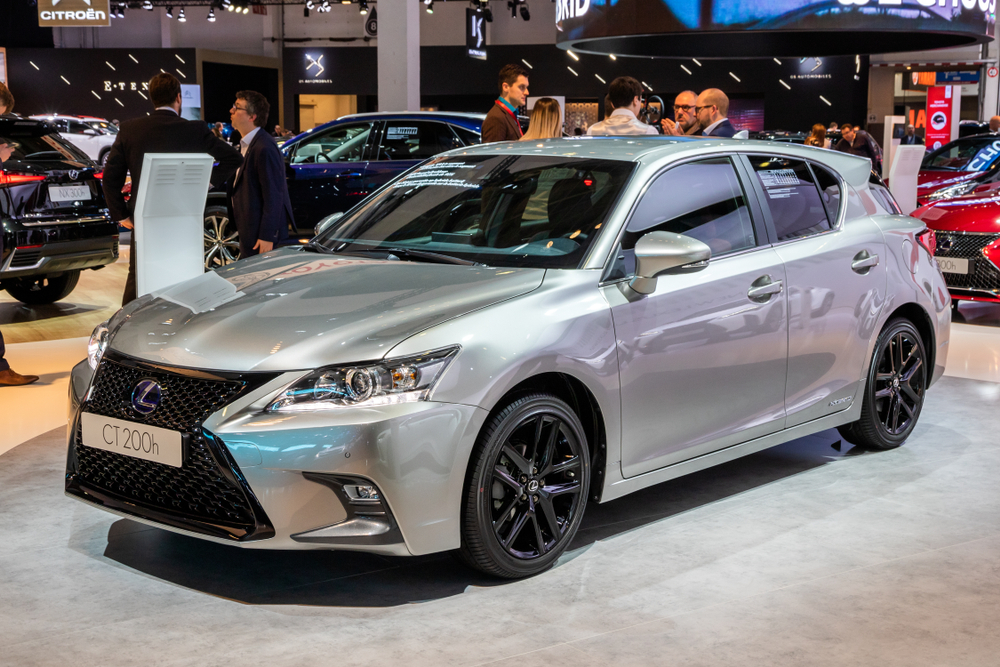
While Lexus aimed for a sporty hatchback design, the CT200h has received mixed reviews. Some believe its aggressive spindle grille doesn’t mesh well with the car’s otherwise conservative profile.
Fisker Karma
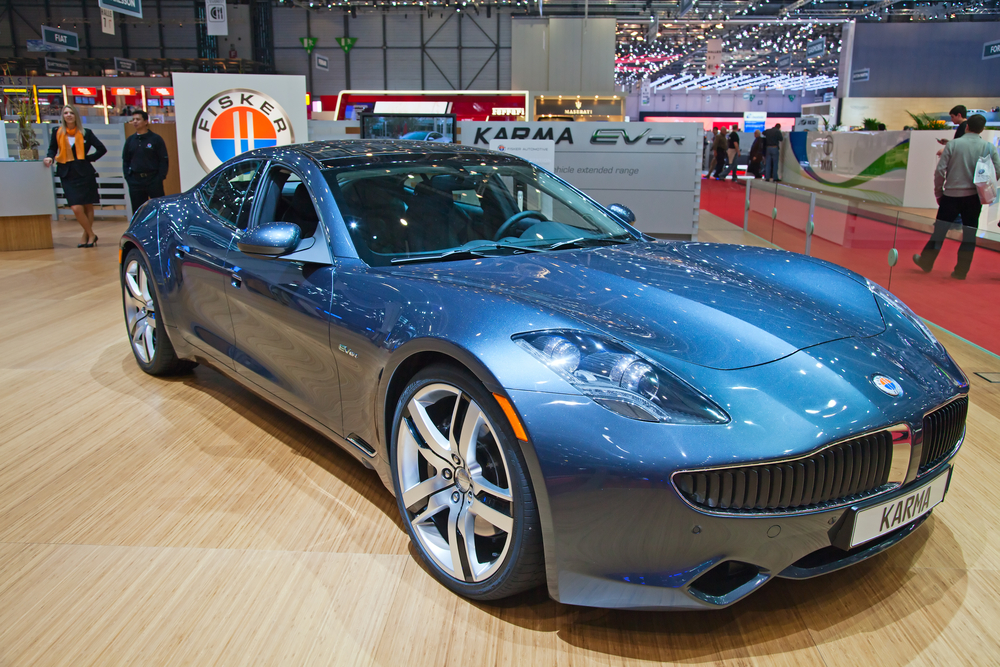
With its long hood and short rear, the Karma was divisive. Some loved its aggressive stance, while others found it disproportionate, especially with the large front overhang.
Cadillac ELR
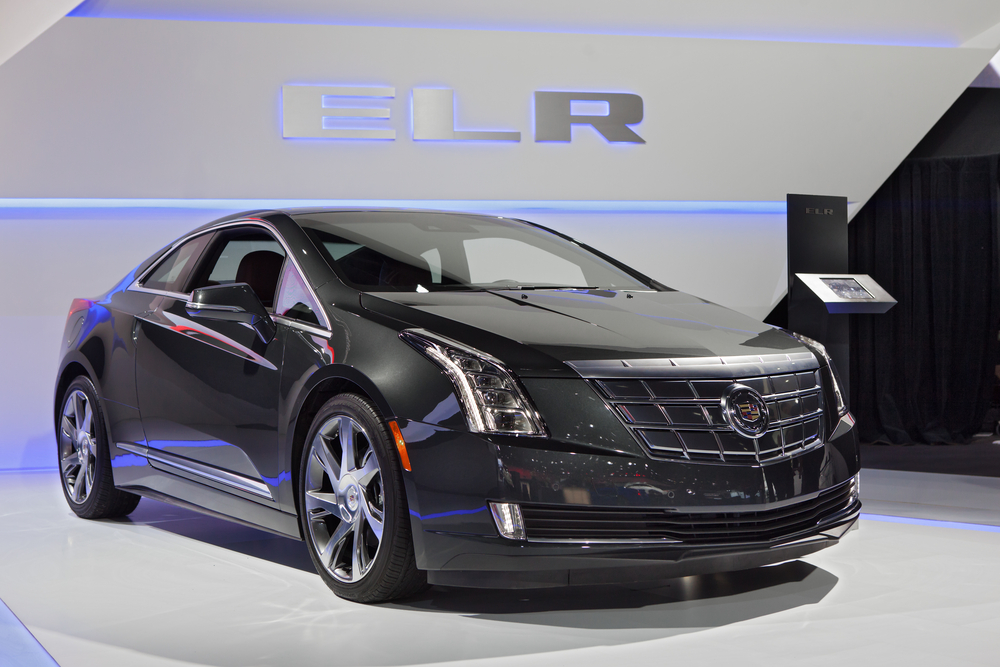
Based on the Chevrolet Volt, the ELR was an attempt to make a luxury hybrid coupe. However, some considered the design to be a bit chunky and less cohesive than other Cadillac offerings.
Ford C-Max
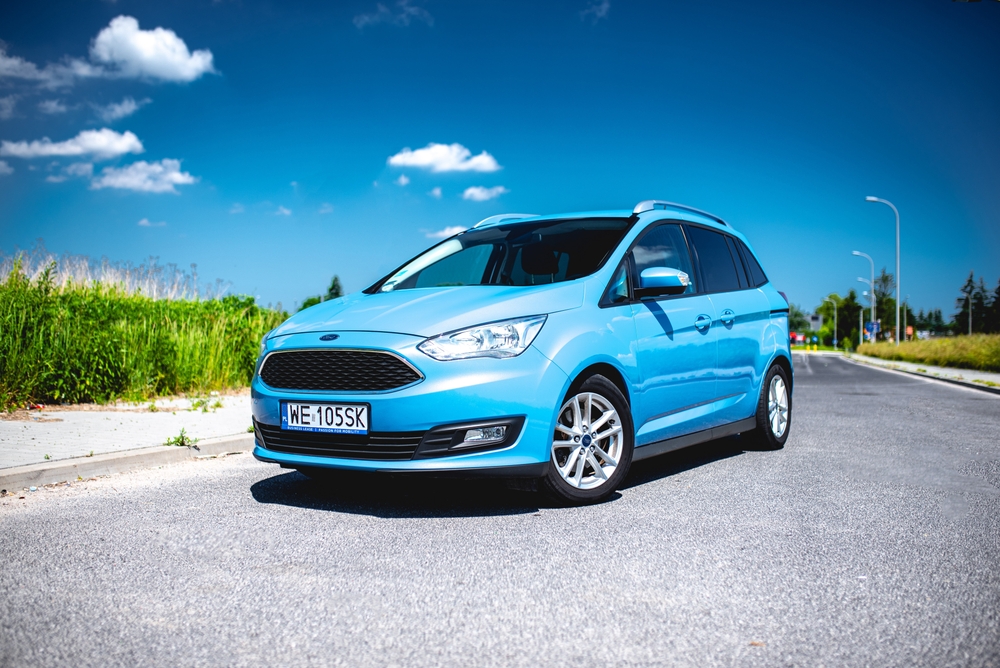
Touted as Ford’s answer to the Prius, the C-Max had a tall, almost minivan-like profile that wasn’t as sleek or streamlined as its main rival, making it less appealing to some.
Porsche Panamera S E-Hybrid (1st Generation)
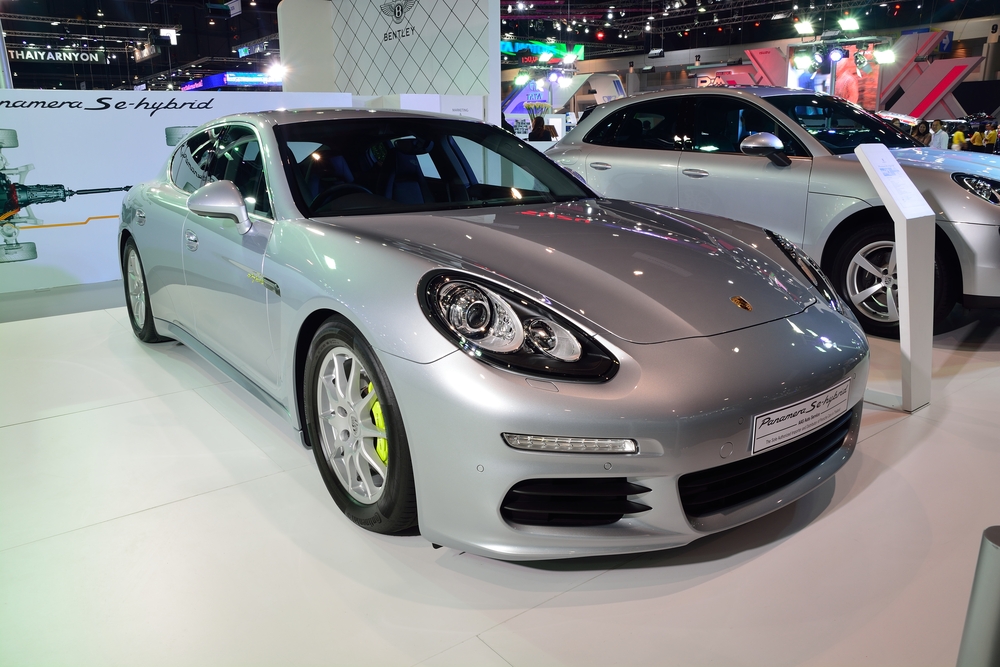
While a Porsche, the first-gen Panamera was divisive for its elongated rear, which some critics likened to a stretched 911.
BMW i8
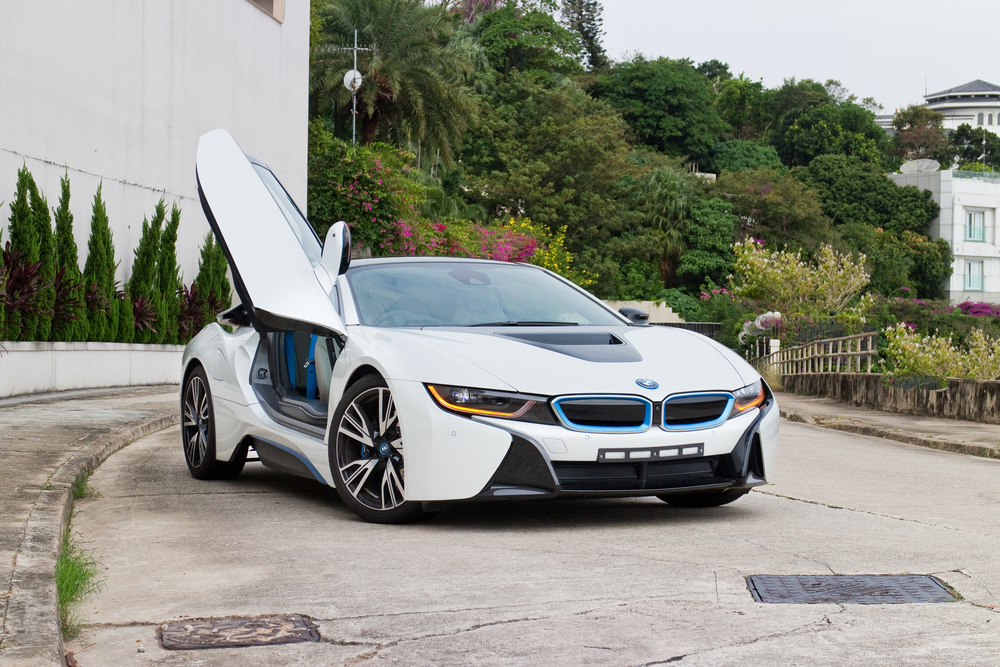
As a plug-in hybrid sports car, the i8 is undeniably futuristic with its winged doors and layered design. However, its complex lines and busy rear end were not universally adored.
Nissan Leaf (2010-present)
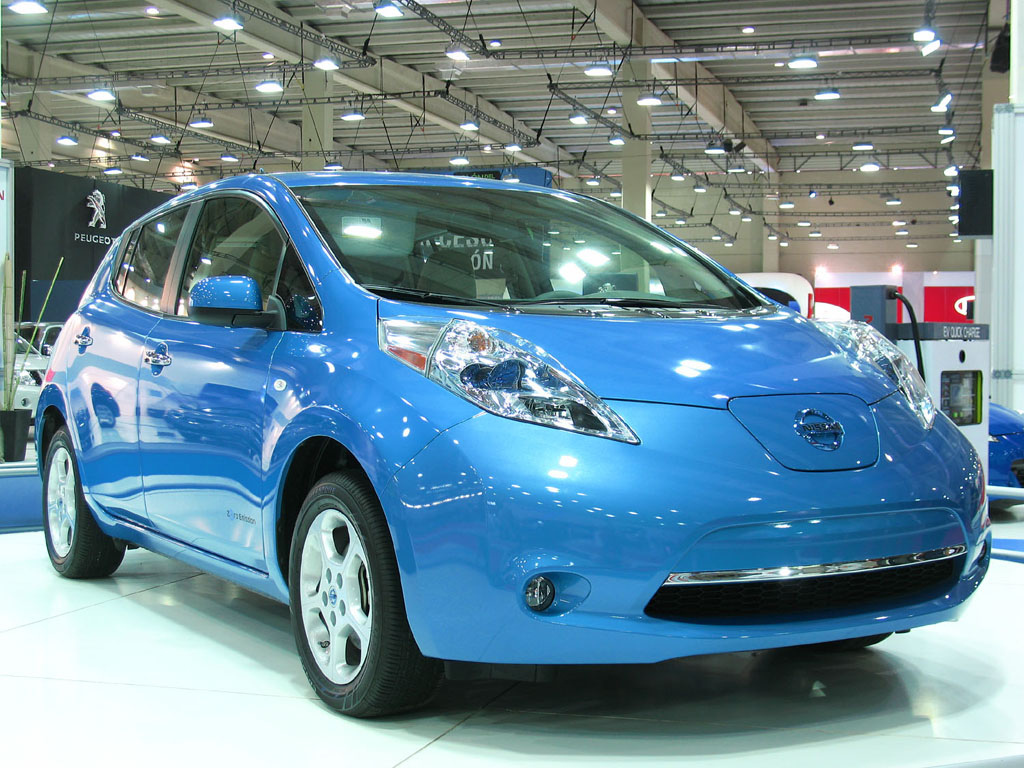
The Nissan Leaf was one of the first mass-produced electric cars and has evolved significantly since its debut. The original design was somewhat quirky with a bulbous shape and large, bug-like headlights that prioritized aerodynamic efficiency. Over the years, it has become sleeker and more mainstream in appearance. The Leaf starts at around $31,000, offering up to 226 miles of electric range in newer models, making it both practical and relatively affordable for an electric vehicle.
Chevrolet Bolt EV (2017-present)
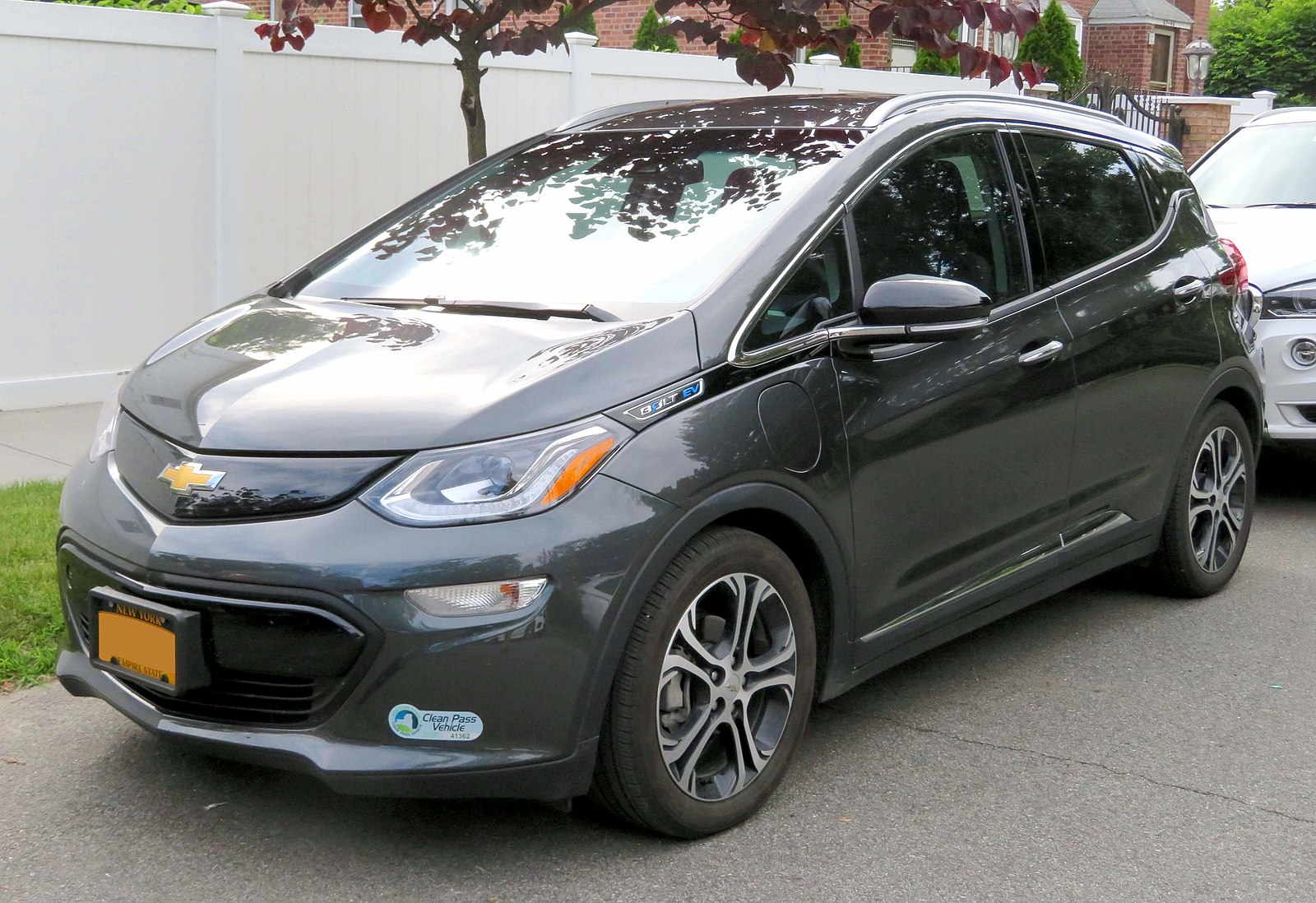
The Chevrolet Bolt was introduced as an affordable all-electric car that could travel more than 200 miles on a single charge, a significant milestone at its launch. Its design features a tall hatchback silhouette that maximizes interior space, though some may find it more utilitarian than stylish. Priced starting around $31,000, the Bolt offers excellent value for those looking to transition to electric vehicles.
Tesla Model S (2012-present)
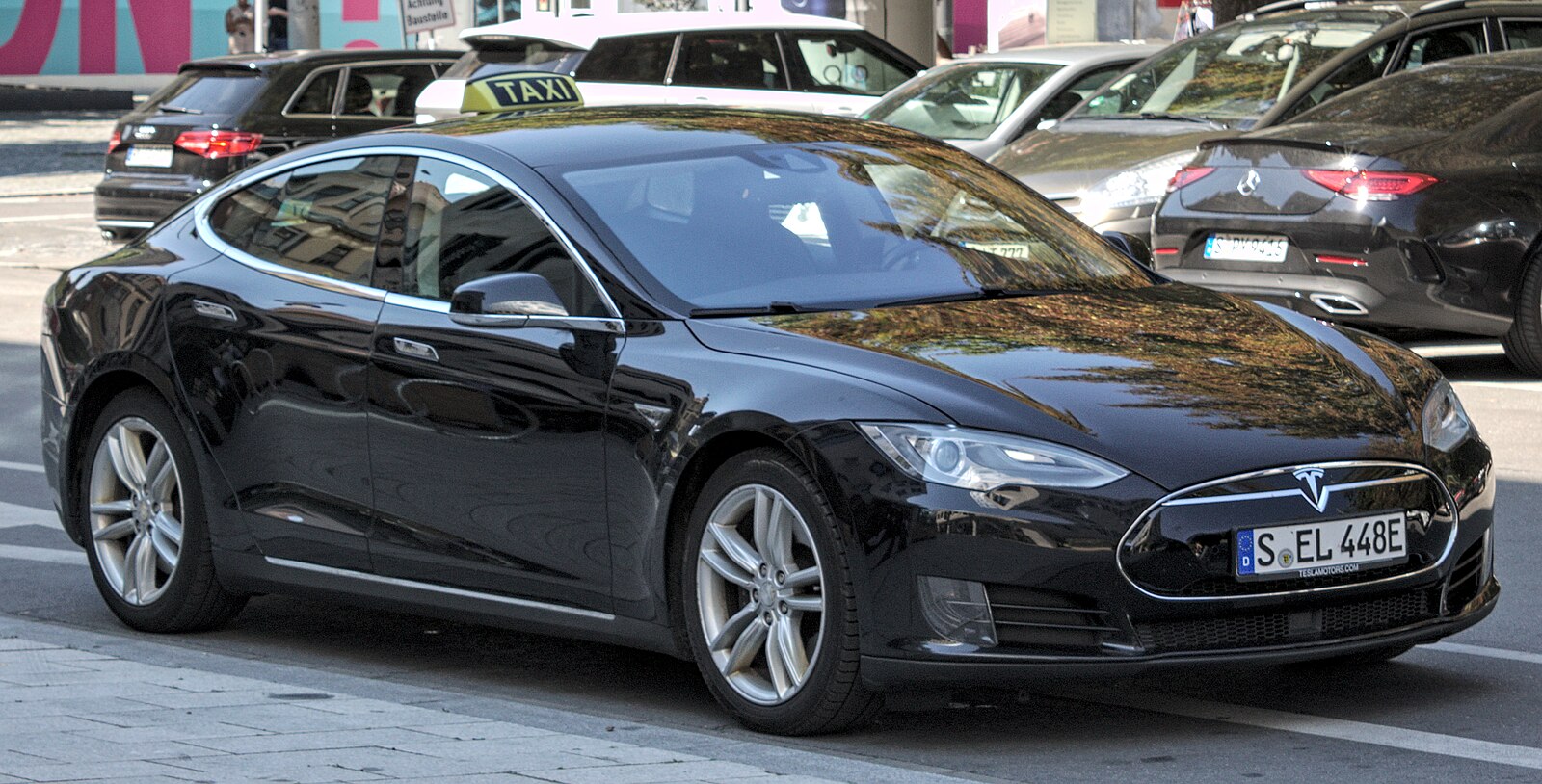
Tesla’s Model S revolutionized the electric vehicle industry with its sleek, low-profile design that challenged traditional notions of what an electric car could look like. With a minimalist interior dominated by a large touchscreen interface, the Model S combines luxury with technology. Prices start around $89,990, and it features a range of up to 405 miles, making it a leader in the electric vehicle market.
BMW i3 (2013-present)

The BMW i3 features a distinctive boxy design with unique suicide doors and uses lightweight materials like carbon fiber for increased efficiency. Its interior is crafted from sustainable materials, reflecting its eco-friendly ethos. Starting at approximately $44,450, the i3 is a premium compact EV with an optional range extender that adds a gasoline engine to charge the batteries.
Audi e-tron (2019-present)
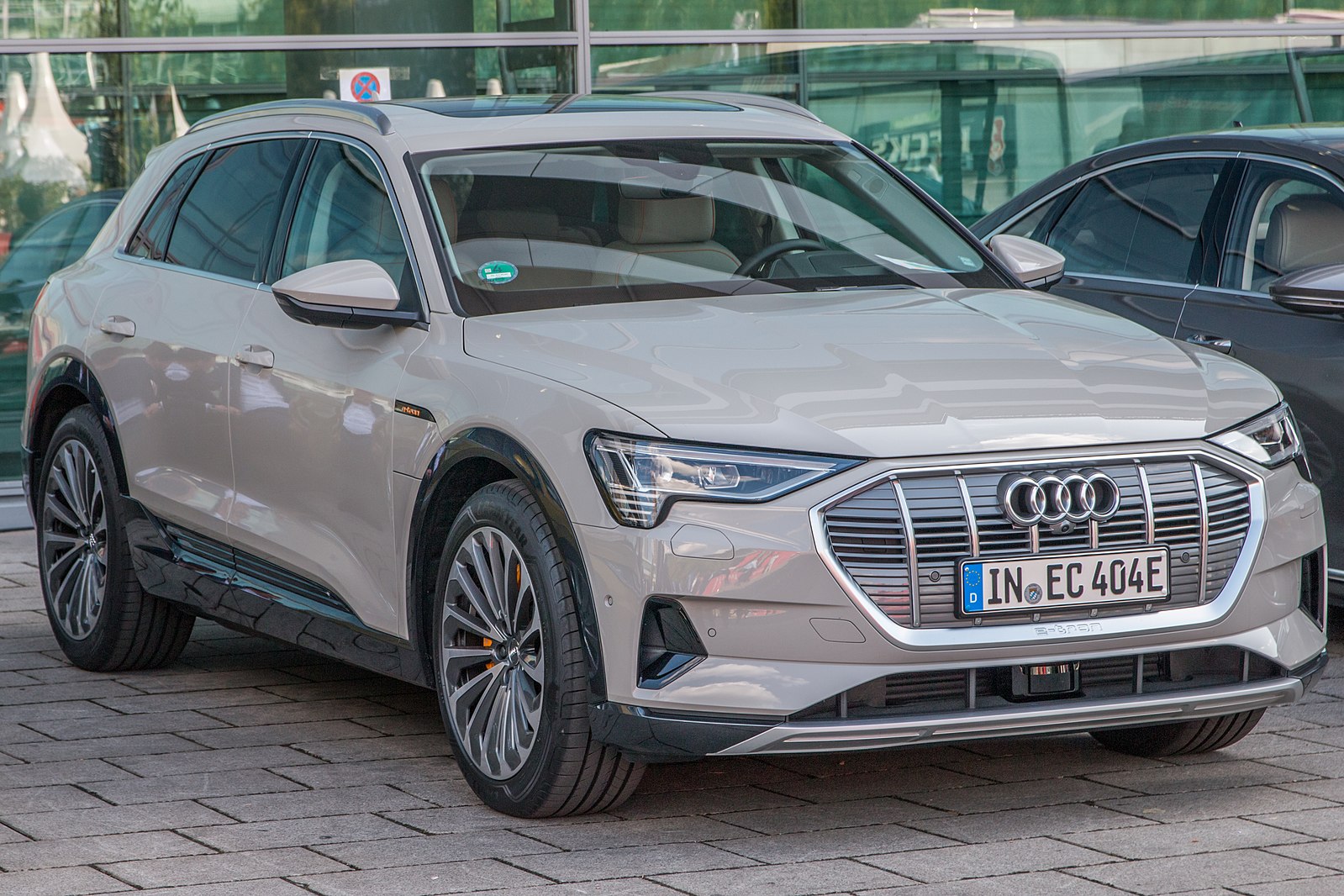
Audi’s first fully electric SUV, the e-tron, boasts a conventional and attractive SUV design that aligns with Audi’s current styling cues. It doesn’t scream “electric” like other EVs but offers a robust 222-mile range. The e-tron’s starting price is around $65,900, positioning it in the luxury EV segment.
Hyundai Ioniq Electric (2016-present)
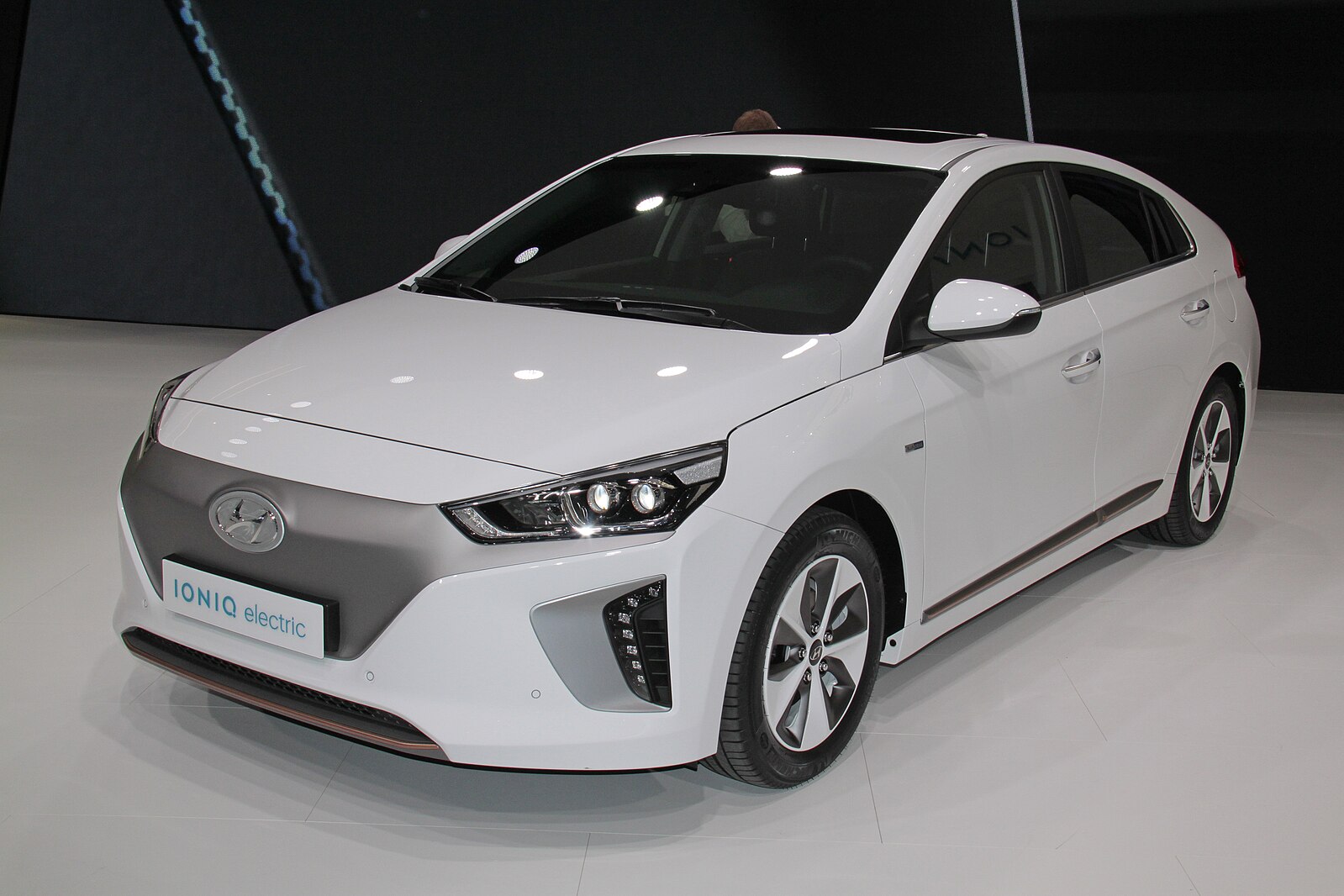
The Hyundai Ioniq Electric offers a sleek, aerodynamic design with a traditional sedan appearance. It’s available in hybrid, plug-in hybrid, and all-electric versions, with the electric model providing a range of about 170 miles. Priced from around $33,045, it’s an affordable entry into the EV market with a design that appeals to conventional tastes.
Jaguar I-PACE (2018-present)
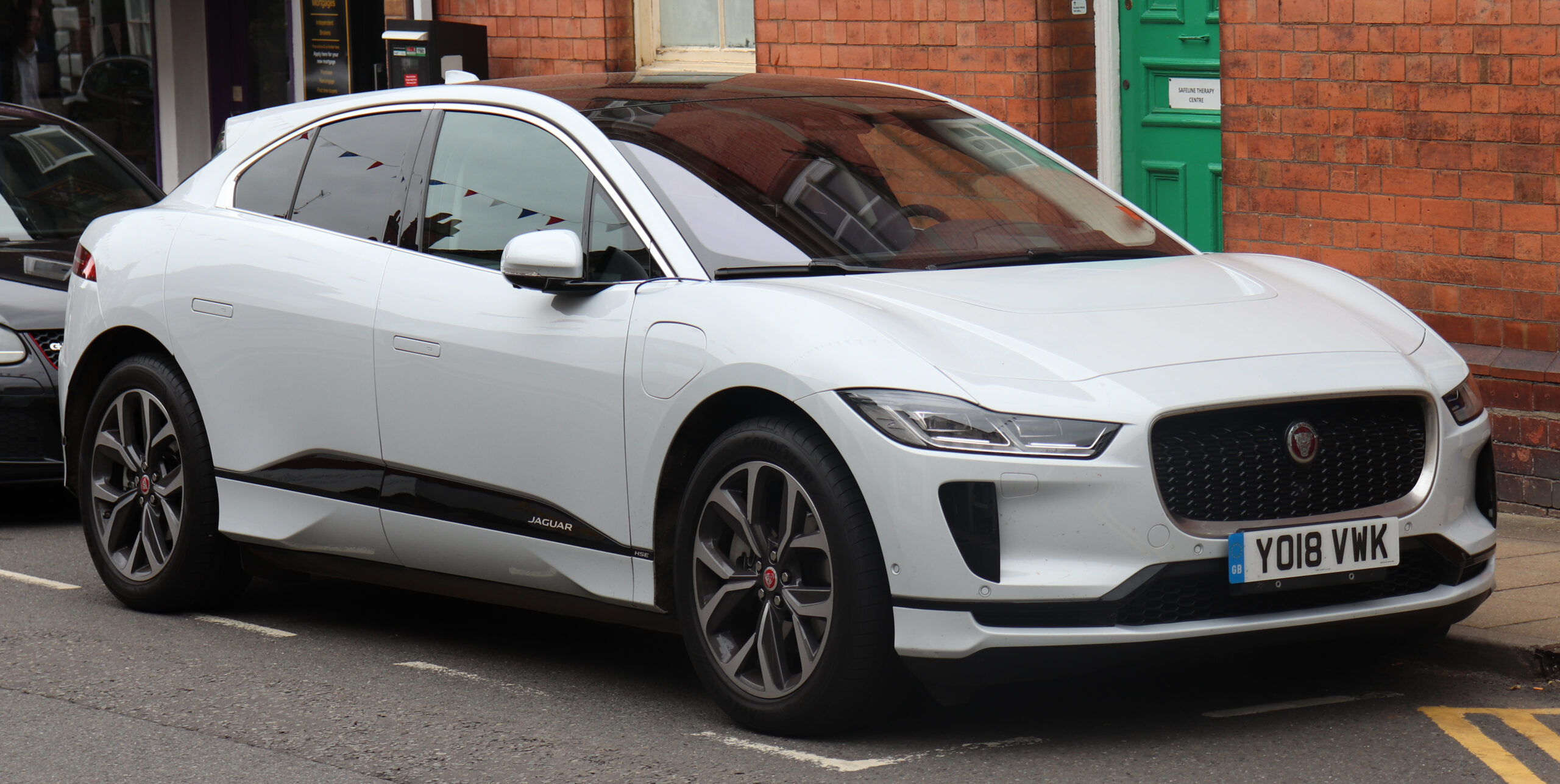
The Jaguar I-PACE is a luxury electric SUV that combines Jaguar’s signature style with electric efficiency. It features a sporty, coupe-like profile with aggressive styling cues. Starting at about $69,900, the I-PACE offers a range of 234 miles and an upscale interior, making it a competitor in the luxury electric market.
Kia Niro EV (2018-present)

The Kia Niro EV is part of Kia’s eco-friendly lineup, offering a crossover design that’s both practical and attractive. It provides up to 239 miles of electric range and starts at around $39,090. The Niro EV’s design is conservative yet modern, appealing to those who want an electric vehicle without the futuristic stylings.
Volvo XC40 Recharge (2021-present)
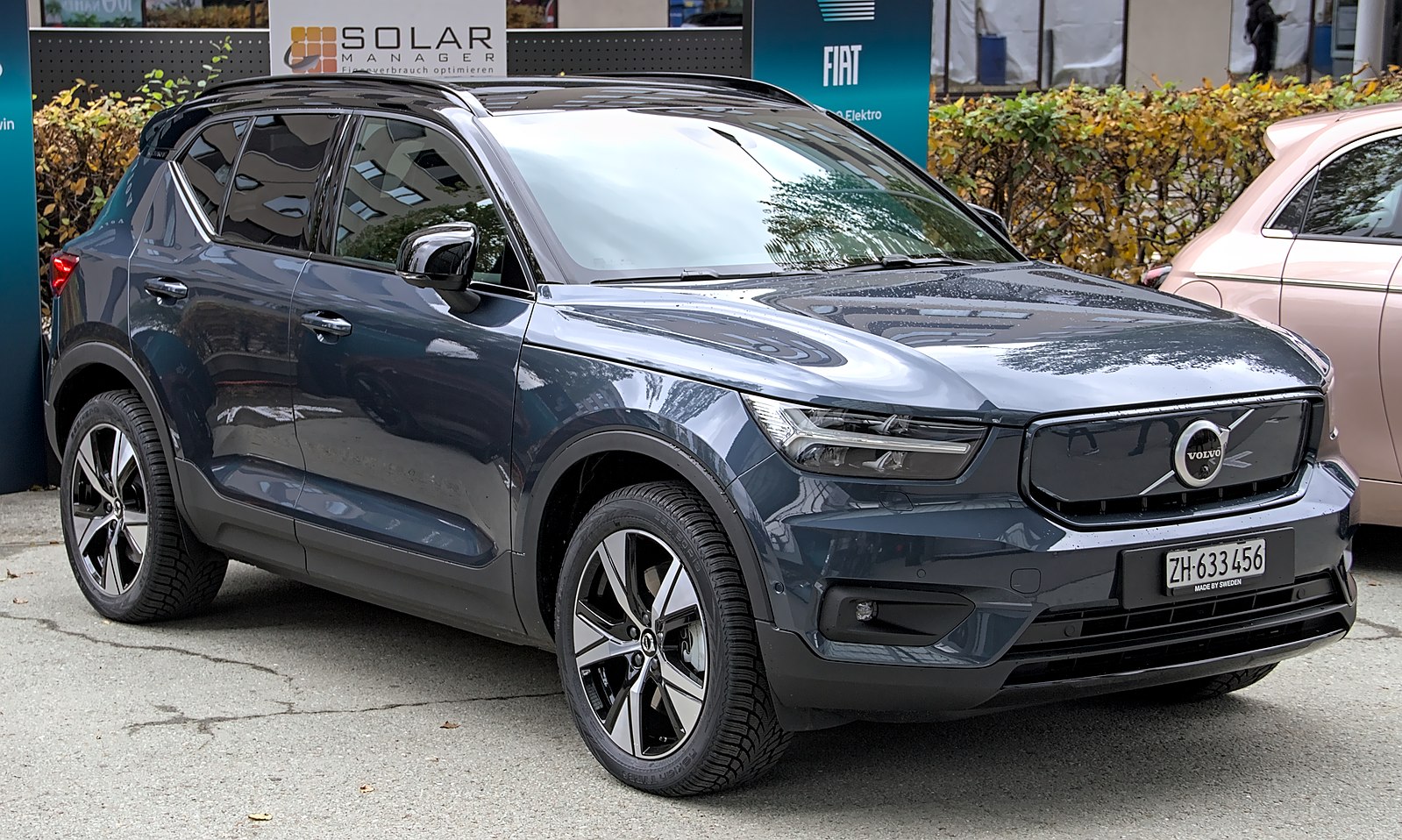
Volvo’s XC40 Recharge brings the safety and luxury of Volvo to the electric vehicle space. It maintains the stylish appearance of the conventional XC40 but with a fully electric powertrain that offers about 208 miles of range. With a starting price of around $55,300, it’s designed for those seeking a premium compact SUV that is both environmentally friendly and fashionable.
Mercedes-Benz EQC (2019-present)
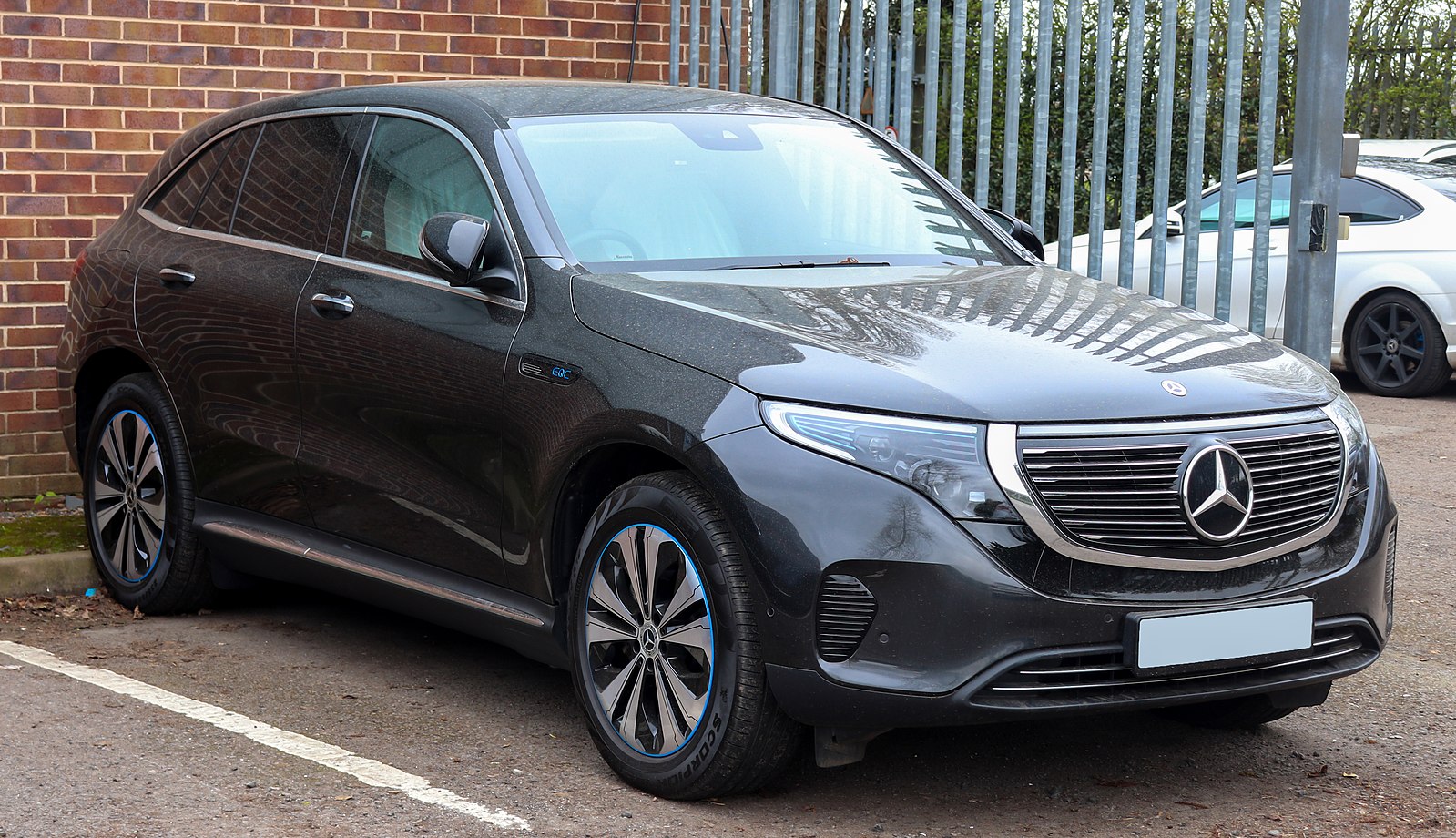
The Mercedes-Benz EQC is the brand’s first all-electric SUV, featuring a smooth and sleek design with the distinctive Mercedes styling. It offers a comfortable and luxurious interior, typical of Mercedes-Benz, with a range of approximately 220 miles. Starting at around $67,900, the EQC is aimed at luxury car buyers wanting to make the switch to electric without compromising on style or comfort.
This article originally appeared on MyCarMakesNoise.
More from MyCarMakesNoise
The Best Dog-Friendly RV Destinations

Both seasoned travelers and novices find that the open road is best experienced with a loyal canine companion by their side. But where are the best stops that cater to the unique needs of our four-legged co-pilots? Read More.
Top 10 SUVs With the Highest Safety Ratings
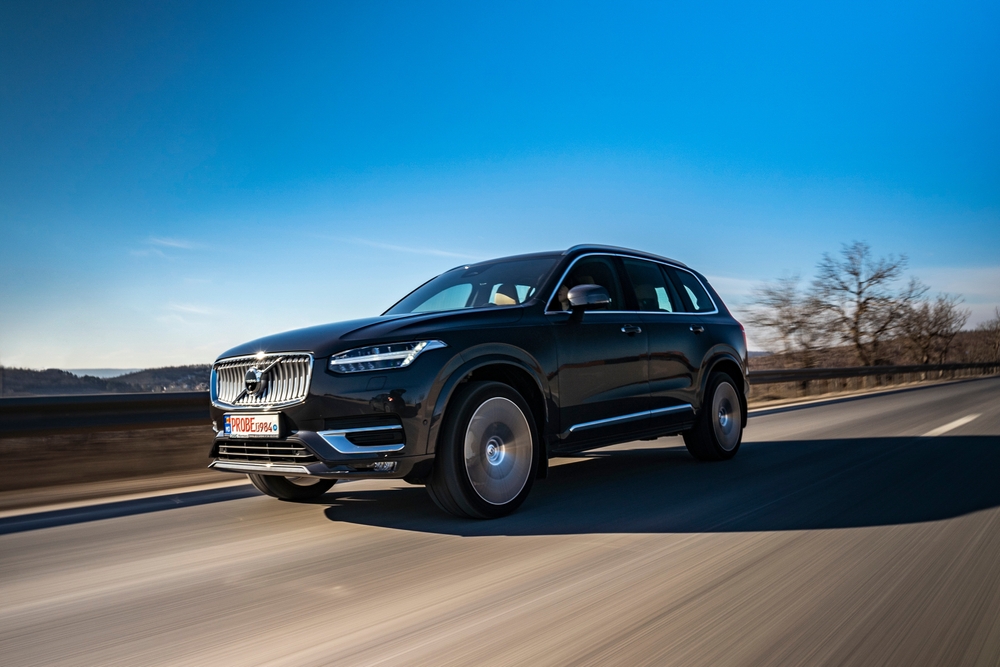
Rated by trusted institutions, these models come equipped with cutting-edge technology and safety systems designed to protect passengers and pedestrians alike. Read More.
The 25 Fastest Sports Cars Ever Made

Since cars were first invented, engineers and designers have continually pushed the limits of speed with innovative technology and design. Read More.


